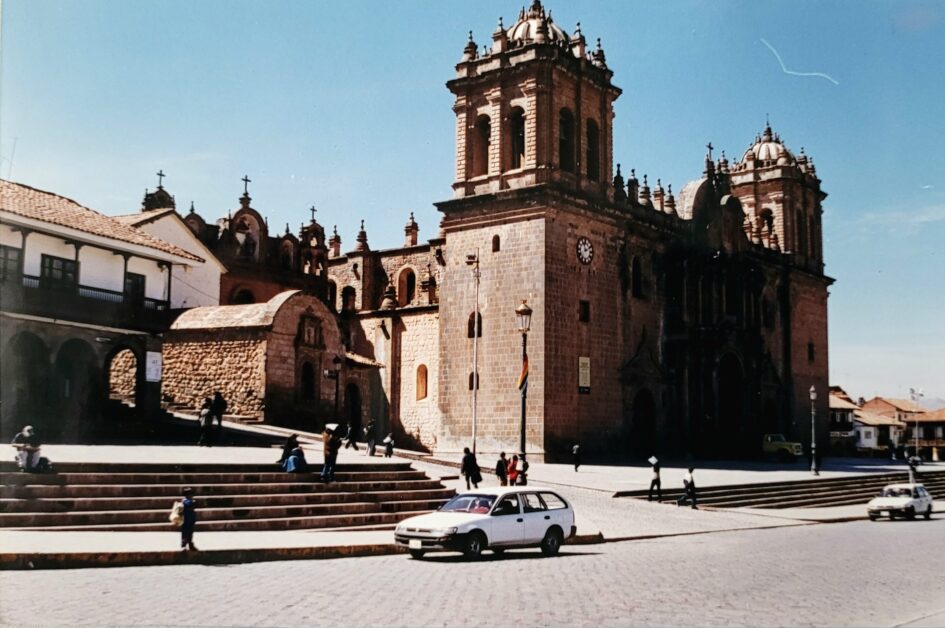CUSCO: HEART OF THE INCA EMPIRE
Arriving in Cusco, the ancient capital of the Inca Empire, feels like stepping through time. We based ourselves at the vibrant Plaza de Armas, finding accommodations with views of colonial arcades and the majestic cathedral for just $3 per person. Fascinating fact: Spanish conquistadors built their churches directly atop Inca temple foundations – a visible fusion at Calle Hatunrumiyoc’s stone walls.

The Tourist Ticket – Your Key to History
Our first essential purchase was the $10 Boleto Turístico – a passport to the region’s most important sites. This magical document grants access to:
- Pisac – Breathtaking agricultural terraces where Incas conducted farming experiments. Local farmers in traditional ponchos still work the land using 500-year-old methods.
- Ollantaytambo – The only Inca town never conquered by Spaniards, with original urban planning intact.
- Tambomachay – Called the “Inca Baths,” this hydraulic masterpiece has had flowing water since pre-Columbian times.
- Sacsayhuamán – A megalithic fortress with stones weighing up to 200 tons. Hosts the Inti Raymi festival during summer solstice.
- Puca Pucara, Q’enqo and Chinchero – Lesser-known but equally fascinating sites of worship and astronomical observation.

Culinary Initiation: Guinea Pig Feast
After spiritual experiences came culinary adventure. At a local “cuyería,” we ordered traditional cuy al horno (roasted guinea pig) for $5. This culturally significant dish – once offered to Inca gods – is now served at celebrations. The taste? Delicate, similar to rabbit, served with potatoes and ají (spicy local pepper sauce).
In the evening, sipping coca tea (perfect for adjusting to 11,200 ft altitude), we watched life unfold on the plaza – locals in traditional dress mingling with travelers, colonial architecture resting on Inca foundations. Cusco isn’t just Machu Picchu’s gateway – it’s a living museum where history still breathes.

Leave a Reply